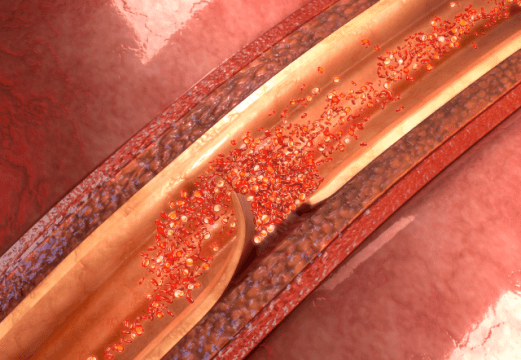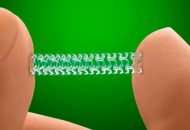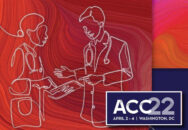Spontaneous coronary artery dissection is one of the causes of acute coronary syndrome, with a prevalence between 1 and 4%, that might reach up to 35% in women <50 years old, according to recent studies. As dissections are more frequent in women, research focuses on this population. Small retrospective studies have shown different triggers and predisposing…
Use of OCT FFR on ACS Clinical Outcomes
Patients undergoing acute coronary syndrome (ACS) benefit from percutaneous coronary intervention (PCI). At present, there is no question about this. However, residual ischemia after PCI is associated with a worse prognosis. Angiography studies and intravascular imaging are useful to assess post intervention outcomes, but they are limited when it comes to the physiological assessment of…
Heparin Pretreatment in STEACS Treatment: A New Old Ally?
The treatment of ST-segment elevation acute coronary syndromes (STEACS) is undoubtedly reperfusion therapy with primary percutaneous coronary intervention. Similarly, nobody doubts that the pretreatment with more stronger antiplatelet agents has a role in such a treatment. In certain sites, unfractionated heparin (UFH) pretreatment is also administered before the patient enters the cath lab; its aim…
RIPCORD 2 Study: Routine Assessment Using Pressure Wires in Acute Coronary Syndrome
The inclusion of fractional flow reserve (FFR) has changed how coronary interventions are treated. Current guidelines endorse its use in intermediate lesions with no evidence of ischemia in non-invasive studies in patients with multivessel disease. The original RIPCORD (Routine Pressure Wire Assessment Influence Management Strategy at Coronary Angiography for Diagnosis of Chest Pain) study proposed…
Adherence to P2Y12 Inhibitors in Acute Coronary Syndrome: Prognosis
Non-adherence to medication in patients with acute coronary syndrome (ACS) remains to be solved; the use of polypills and a closer follow up have been tried out (follow up calls and motivation groups). Antiaggregation guidelines recommend dual antiplatelet therapy (DAPT) for at least one year after ACS. Adherence to drug treatment is comprised of multiple…
Aspiration Thrombectomy in Acute Coronary Syndrome: Is the Japanese Perspective a Strategy to Emulate?
Aspiration thrombectomy (AT) in patients with high thrombotic burden could pathophysiologically reduce thrombus burden, decrease distal embolization, reduce no-reflow phenomenon, and improve microvascular perfusion. However, its usefulness has not been shown in the large, randomized trials (TASTE and TOTAL) that compared routine use of AT in primary angioplasty in patients with ST-segment elevation acute coronary…
When is the Ideal Timing for NSTE-ACS Percutaneous Intervention?
According to the European Society of Cardiology (ESC Guidelines 2021) an early invasive strategy is recommended (<24h) for high-risk patients with acute coronary syndrome with no ST elevation (NSTE-ACS), namely patients presenting a rise or fall in cardiac troponin, dynamic ST- or T-wave changes and GRACE risk score >140. Early intervention (<2h) is reserved for…
Should We Start Thinking Again About Bioresorbable Stents?
Coronary revascularization with drug-eluting stents (DES) is very frequent, especially in acute coronary syndromes, but these metallic stents are permanent foreign bodies that activate the entire inflammatory system. Using bioresorbable stents (BRS) emerged as an alternative to this challenge. Although the initial results of the ABSORB study were not as expected (probably due to a…
Ticagrelor Shows Benefits in Coronary Microvascular Function after NSTEMI
Coronary microvascular disfunction (CMD) is an important long-term prognosis predictor. CMD treatment can be an effective therapeutic strategy for patients with acute coronary syndrome (ACS). Nevertheless, more studies are needed to assess different strategies. In the PLATO (Study of Platelet Inhibition and Patient Outcomes) study, ticagrelor vs. clopidogrel reduced ischemic events and overall mortality in…
ACC 2022 | PACMAN AMI
Atherosclerosis plaque causing AMI is often large in volume, high in lipids and have a thin fibrous cap. Statins often reduce atherosclerosis progress, but the impact of PCSK 9 inhibitors (alirocumab) after acute coronary syndrome is scarcely known. The aim of this study was to determine the effect of alirocumab using intracoronary imaging (IVUS, OCT,…







